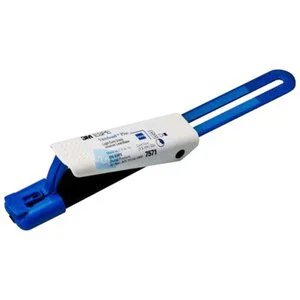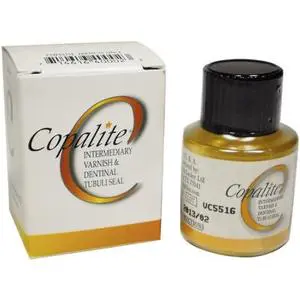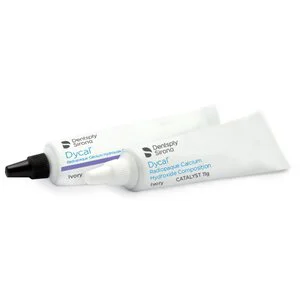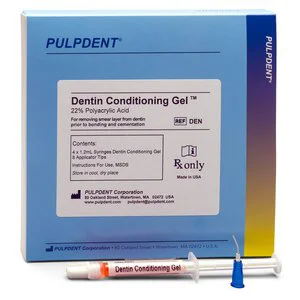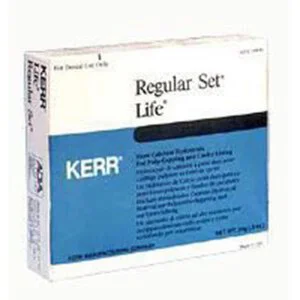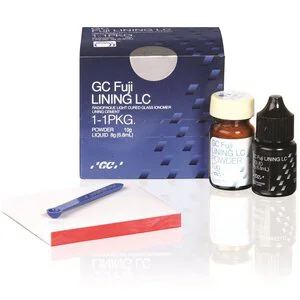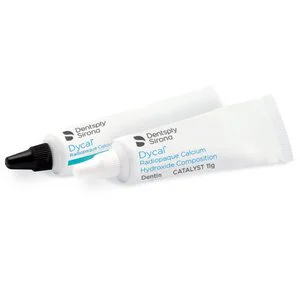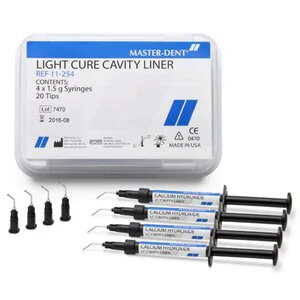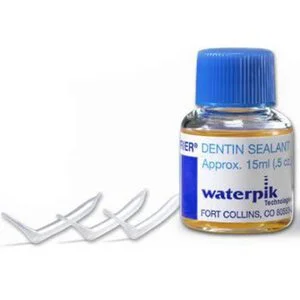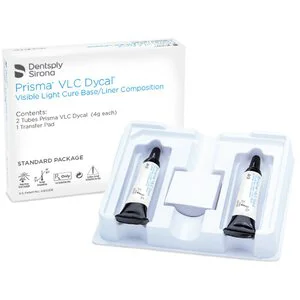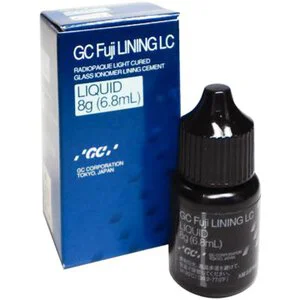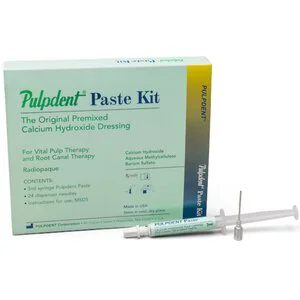Filter Products
Filter Products
Save up to
$30.87 OFFSave up to
$46.50 OFFSave up to
$29.25 OFFSave up to
$155.66 OFFSave up to
$83.14 OFFSave up to
$69.35 OFFSave up to
$47.77 OFFWhat are the materials used in dental adhesives?
Dental adhesives incorporate a meticulous combination of components, each playing a crucial role in their formulation.
- The primary bonding agent in these adhesives is typically a resin, chosen for its adhesive properties and compatibility with tooth structures.
- Fillers are introduced to enhance physical characteristics, reinforcing the adhesive's strength and durability.
- Solvents or carriers are included to facilitate the application process, aiding in even distribution and optimal penetration into microstructures.
- Initiators are integrated to instigate the polymerization process, ensuring the adhesive sets effectively.
- Stabilizers are essential additives contributing to the adhesive's longevity, maintaining its chemical integrity over time.
Together, these materials create a synergistic composition, forming dental adhesives that excel in bonding efficacy, resilience, and ease of application.
What are examples of dental adhesives?
Dental adhesives encompass a range of products tailored to diverse clinical needs. The following examples showcase options available, allowing dental professionals to select adhesives that align with their specific procedural requirements.
- Total-etch adhesives are known for their reliable bonding in traditional applications.
- Self-etch adhesives offer user-friendly alternatives for practitioners seeking simplicity and flexibility.
- Universal adhesives are adaptable, accommodating both self-etch and total-etch techniques.
- Dual-cure adhesives allow clinicians to choose curing options, ensuring compatibility with various clinical scenarios.
What materials are used for dental bonding?
Dental bonding involves a precise amalgamation of materials strategically chosen to achieve optimal adhesion and aesthetic results.
- The cornerstone of dental bonding is composite resin, a tooth-colored material renowned for its versatility and natural appearance. This resin is meticulously selected to seamlessly blend with the patient's tooth color, ensuring a harmonious and aesthetically pleasing outcome.
- The success of dental bonding also relies on the application of an etchant, typically a phosphoric acid solution, which is instrumental in preparing the tooth surface by creating micro-porosities for enhanced resin penetration.
- Additionally, bonding agents are employed to optimize adhesion further, acting as a liaison between the tooth structure and the composite resin.
This multifaceted approach, encompassing composite resin, etchant, and bonding agents, ensures a robust bond, durability, and an aesthetically pleasing finish in dental bonding procedures.
How does the curing process impact the performance of dental adhesives?
- Light-Curing Advantages: Light-cured adhesives offer quick and efficient curing, enhancing workflow.
- Dual-Curing Flexibility: Dual-cure options provide flexibility in cases with limited light access, ensuring thorough polymerization.
- Self-Curing Benefits: Some adhesives offer self-curing capabilities for added reliability in challenging situations.
How do I address post-operative sensitivity related to dental adhesives?
- Low pH Formulations: Consider adhesives with low pH to minimize the risk of post-operative sensitivity.
- Desensitizing Agents: Opt for adhesives containing desensitizing agents for enhanced patient comfort.
- Proper Technique: Ensure precise application and adequate isolation to prevent sensitivity issues post-treatment.


